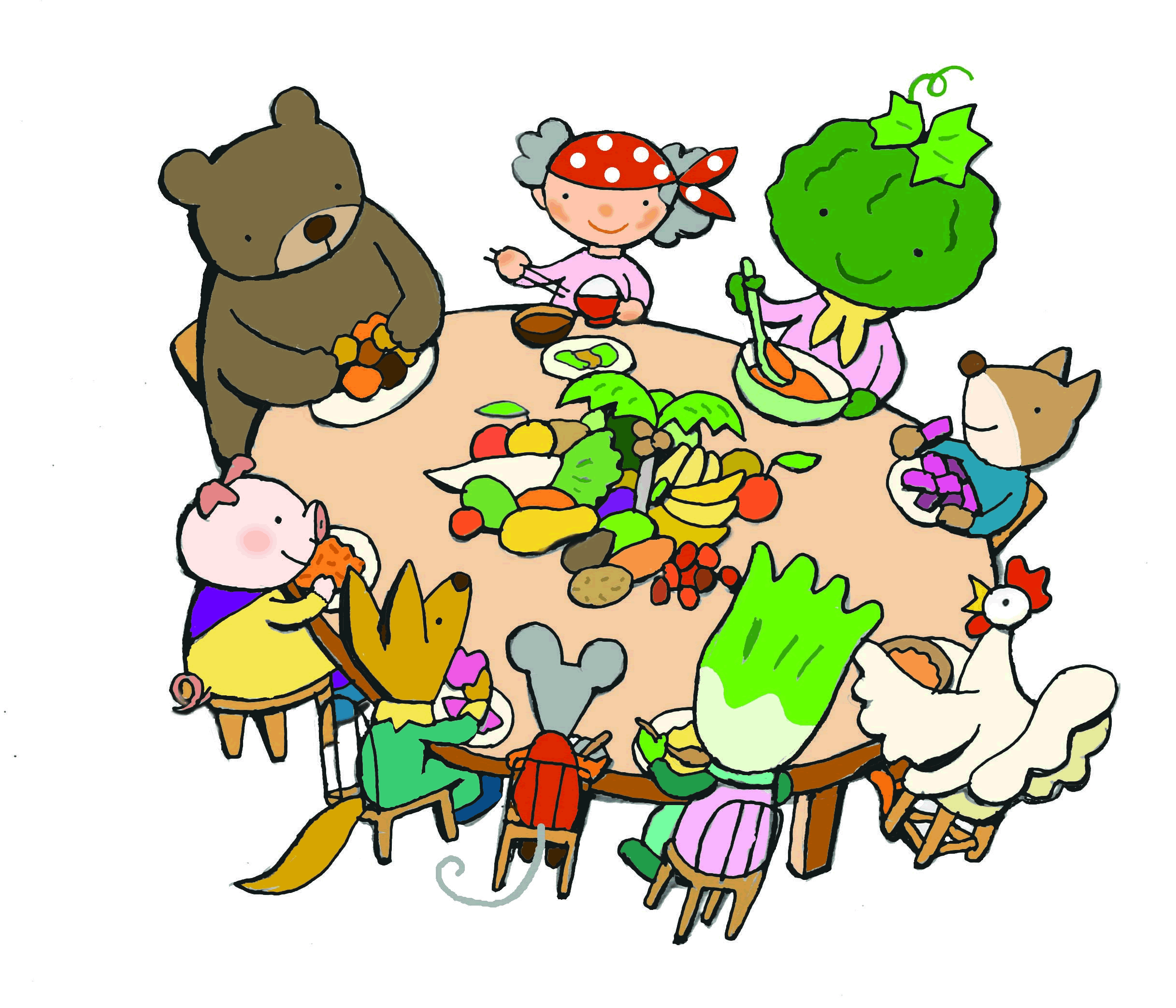Over 260 regions, more than 4500 municipalities and other local entities and tens of thousands of farmers and food producers in Europe and Japan have declared themselves “GMO-free” expressing their commitment not to allow the use of genetically modified organisms in the agriculture and food in their territories. Since 2005, the movement of GMO Free Regions in Europe holds an annual meeting.
Consumers Union of Japan, NO! GMO Campaign, Seikatsu Club and Green Coop participated from Japan this year in Luzern, Switzerland. It was the fifth annual conference with 250 participants from 39 countries.
Read more:
Conference on GMO-Free Regions, Biodiversity and Rural Development
“When given the choice, people renounce genetically “enhanced” food. When they are given a say, they choose a form of agriculture that works with nature, and without manipulation.”
All over Japan, thousands of people are participating in the campaign to create GMO-free zones. So far, over 50,000 ha has been independently declared as GMO-free zones. Note that no GMO crops are grown commercially in Japan, so the entire country is in effect a GMO-free zone!
In the results of an awareness survey conducted by MAFF released on February 24, 2009, nearly 80% of consumers said they would buy non-GM soy foods even if the price were higher. Conducted in September 2008, the survey received replies from 86.3% of the 1500 subjects. The percentage of respondents who said they would not want to consume foods that contained GM soy even if they were cheaper were 78.1% for tofu, 77.9% for natto (a fermented soybean food), and 76% for soy sauce and miso. 60% of respondents said that they choose domestically produced (non-GM) soy products.
(Japan Agricultural Newspaper February 25, 2009)
Source: CBIC Bio Journal



